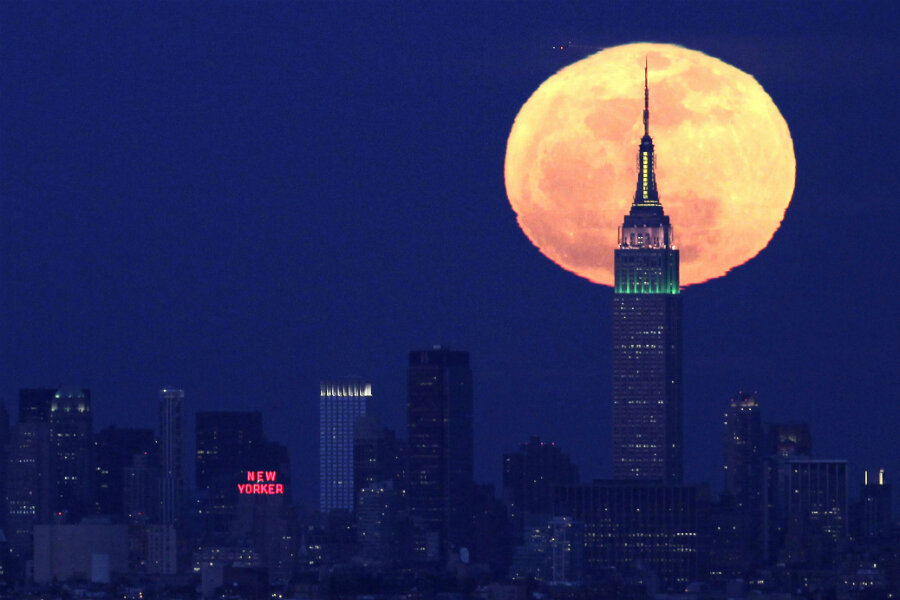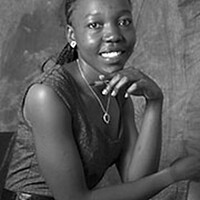Full moon on Christmas: The first time in nearly four decades
Loading...
This Christmas, sky gazers will get one more present that they won’t have to unwrap.
On Christmas morning, a rare astronomical event will occur: a full moon will reach its peak size, according to Fred Espenak, an eclipse and moon expert with NASA's Goddard Space Flight Center.
It's a special treat: The last time a full moon shone on Christmas Day, the world's first personal computers were just hitting the market and the most popular baby names were Jennifer and Michael. In science, Enterprise, the first space shuttle developed by NASA, made its first glide tests from the back of a Boeing 747. Though Enterprise never made it to space, it made major contributions to the space shuttle program as a test vehicle. In entertainment, "Star Wars" hit theaters for the first time and went on to have a major impact on modern American popular culture.
That was in 1977. The event is, however, not abnormal. Full moons appear on the same day an average of twice in any 59-year period. According to NASA, the next full moon to fall on Christmas Day won’t occur until 2034.
The moon shows its full face to the earth typically about once a month, but the timing of the moon's phases shift over time. This is because the average month is about 30.44 days, while the Moon's cycle repeats on average every 29.53 days, meaning that the full moon arrives almost one day earlier each successive month.
Every year, December’s full moon, which is the last of the year, is called the Cold Moon. According to space.com some Native American cultures call the event the Long Nights Moon, as the winter solstice kicks off around the same time, bringing with it the longest night of the year.
Full moons vary in size because of the oval shape of the Moon's orbit. As the Moon travels its elliptical path around Earth, it gets about 30,000 miles closer at perigee than at its farthest extreme, apogee.
Earlier this year, the Moon reached its full phase while also nearing its closest point to Earth in its orbit, creating views of a "supermoon" for the first time in three decades. Most of the world shared this rare event.
If you are a sky gazer, circle December 25 on your calendar now and if you want to see the full moon at its biggest size, head outside at 6:11 am Eastern time on Christmas morning.








